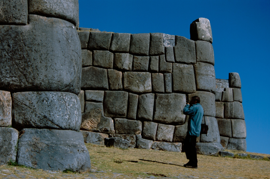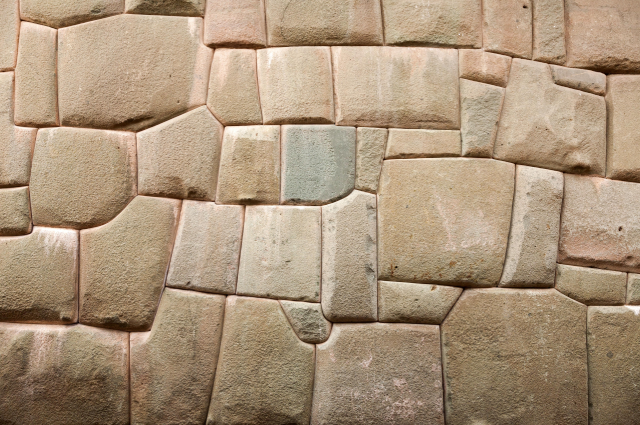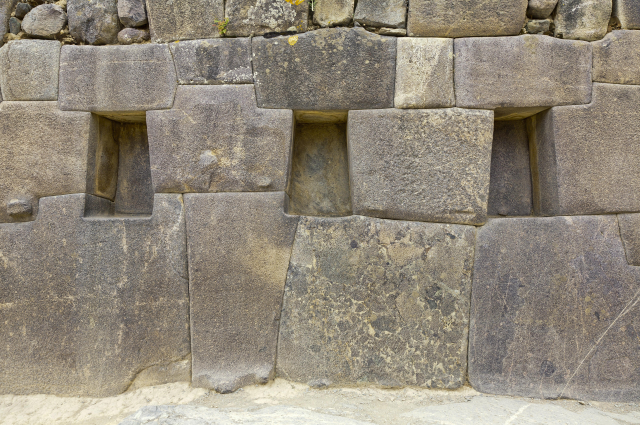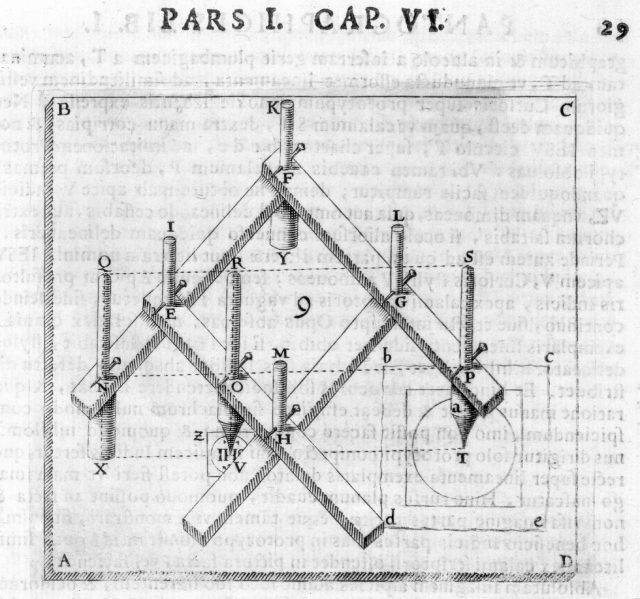
In different regions of the Earth there are megalith structures, the construction technology of which is considered a mystery. Stone complexes in Peru are especially striking. Looking at blocks of irregular shape perfectly fitted to each other, one can only wonder: how could ancient people have built this? Of course, fantastic hypotheses arise by themselves: weren't they helped by more advanced civilizations – for example, aliens?
About who, when and how were created amazing megalithic structures in Peru, “AiF” talked with a researcher at the Research Institute of Physical Problems named. F.V. Lukin, candidate of technical sciences Rostislav Lapshin.
“The quality of curved joints is striking.”
Dmitry Pisarenko, AiF.ru: – Rostislav Vladimirovich, what is the name of this type of masonry?
Rostislav Lapshin: – This is polygonal masonry. The stones, initially having an arbitrary shape, are processed in such a way that they form irregular polygons or polygons tightly adjacent to each other. Hence the name. Polygonal masonry does not require a binder mortar and is able to withstand even moderate earthquakes.
Among the many buildings attributed to the Indians of Peru, there are several that, even in our time, with modern technology, would be difficult to reproduce. This applies to polygonal masonry of large stone blocks weighing from several hundred kilograms to several tons, connected to each other through curved surfaces with practically no gap. All other masonry is quite consistent with the known methods of stone processing of that time and does not require any special explanation.

It is also alarming that, apart from impeccable masonry, unknown builders left us nothing else after themselves. But professional builders, immigrants from Europe, left a lot of things in Peru. These are Catholic cathedrals, monasteries, palaces, villas, urban and industrial buildings. And everywhere – stone, stone, stone … Unlike the Indians, the Europeans possessed all the necessary tools, mechanisms and skills for large-scale construction.

How to handle a block
They built it like this. Initially, a scaled-down model of the structure was created. Polygonal blocks of a conceived shape were manually molded from clay. The blocks were roughly the size of a basketball or so. In the places where the surfaces meet, the blocks were pressed into each other. This is how the model wall was assembled.
After hardening, the wall was dismantled. And then the “magic” began. The builders, using a pantograph, a hammer and a steel chisel, transferred the surface relief from a small model clay block to a large stone blank of suitable size and shape at a given scale.

Pantograph.
The pantograph for working with flat patterns has been known since 1603! And information about a pantograph for working with three-dimensional objects appears in the second half of the 18th century. However, it is worth remembering that the masters in those days kept their professional secrets a secret. Therefore, the description of the 3D pantograph could appear decades after its invention.
Now, in order to finally close this scientific problem, it is necessary to reproduce polygonal masonry in a natural experiment. I would be grateful if there are people of good will who can provide all possible assistance in its implementation.

